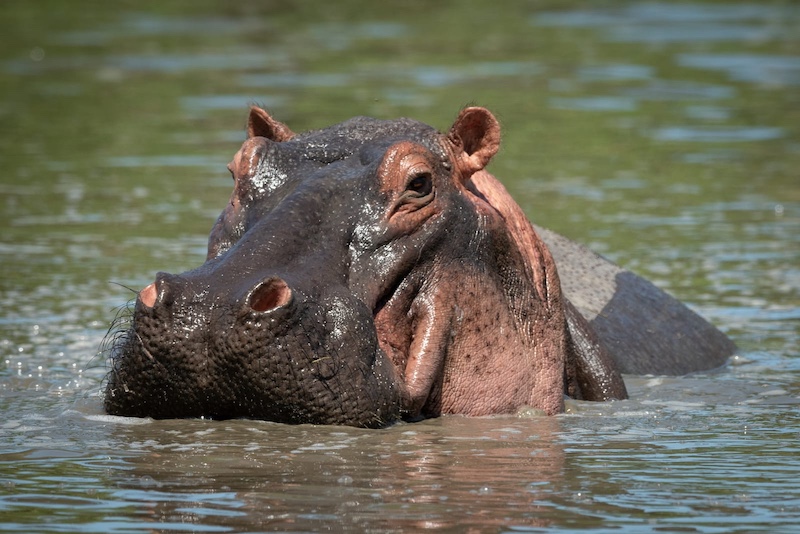Humans have successfully domesticated only a small handful of animal species out of thousands. True domestication requires generations of selective breeding, not just taming a single animal. Despite repeated efforts across history, some animals simply resist life under human control. Here are 10 species that humans have actively tried — and failed — to domesticate, with the historical who, when, and how behind each attempt.
Zebra
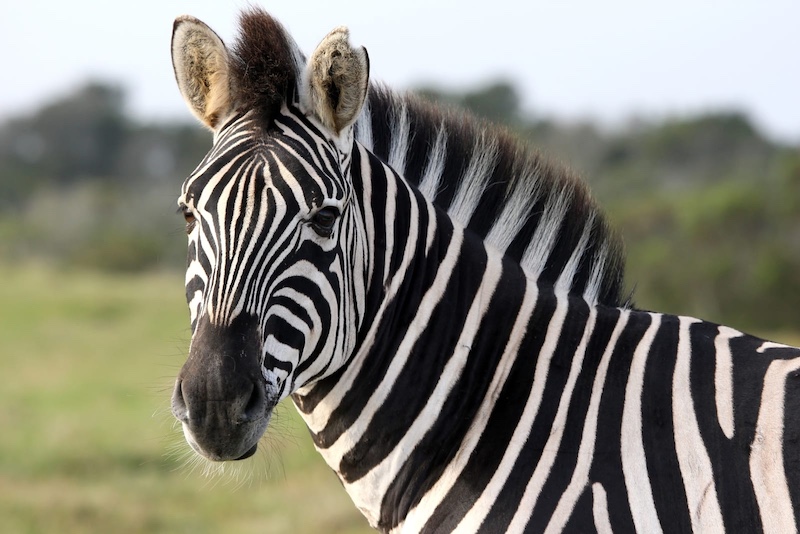
In the 19th and early 20th centuries, European colonists in Africa, including British officer Lord Walter Rothschild, attempted to train zebras to pull carriages. Rothschild famously drove a zebra-pulled carriage through London. But despite isolated successes, zebras resisted full domestication due to their unpredictable temper, high startle reflex, and strong bite. Unlike horses, they lack a herd hierarchy that humans can exploit for control.
Moose
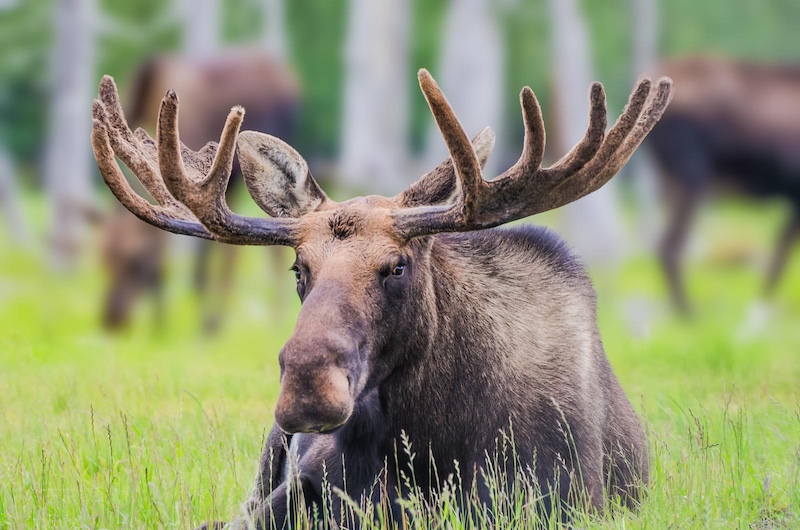
In the 1930s, the Soviet Union launched an official program to domesticate moose at the Kostroma Moose Farm. The idea was to use them as cavalry in snowy forests, where horses struggled. Though some moose could be trained for riding and even came when called, they required specialized diets, had unpredictable temperaments, and wandered off during mating season, making them impractical on a large scale.
Cheetah
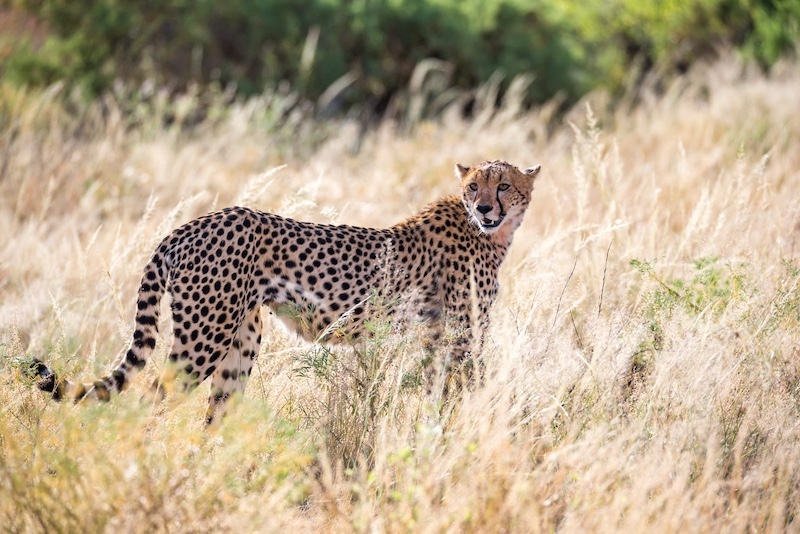
Ancient Egyptians, Persians, and Indian royalty from the Mughal Empire used cheetahs for hunting as far back as 3,000 BCE. Akbar the Great, a 16th-century Mughal emperor, reportedly kept over 1,000 cheetahs. However, these animals were always captured from the wild, as captive breeding failed due to stress-related infertility and extremely low genetic diversity. No civilization ever produced a self-sustaining, captive-born population.
Elephant
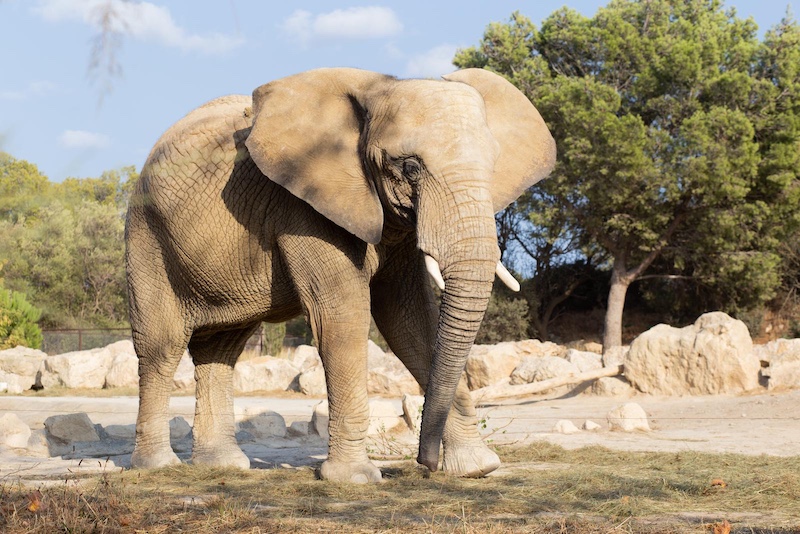
Elephants have been used in warfare, transport, and labor for over 4,000 years, especially in India and Southeast Asia. Hannibal famously crossed the Alps with elephants in 218 BCE. But even today, over 95% of working elephants are captured from the wild. True domestication has never occurred due to long gestation (22 months), slow maturity (15+ years), and complex social structures that don’t translate well to captivity.
Fox
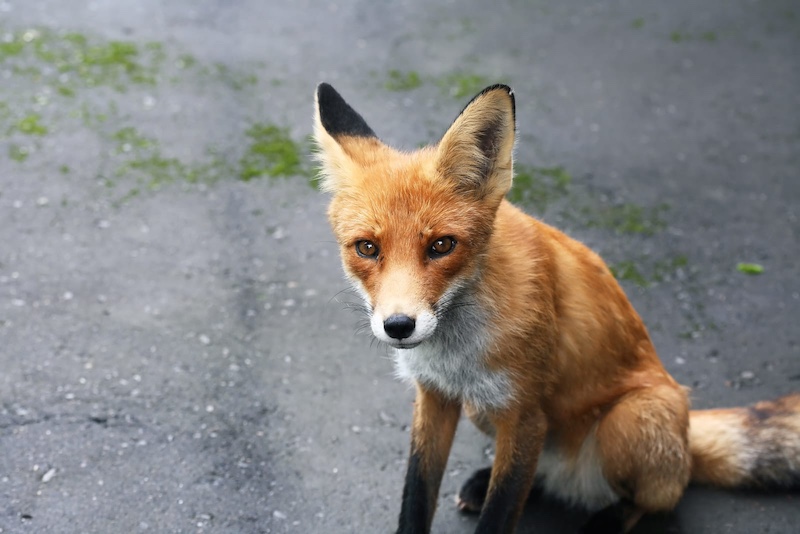
In 1959, Soviet geneticist Dmitry Belyaev began a long-term experiment in Novosibirsk to domesticate silver foxes. After several decades of selective breeding for tameness, his team produced foxes that wagged their tails and sought human contact. However, even these foxes displayed skittishness, health issues, and inconsistent behavior. The project proved behavioral traits could shift, but full domestication was elusive.
Hippo
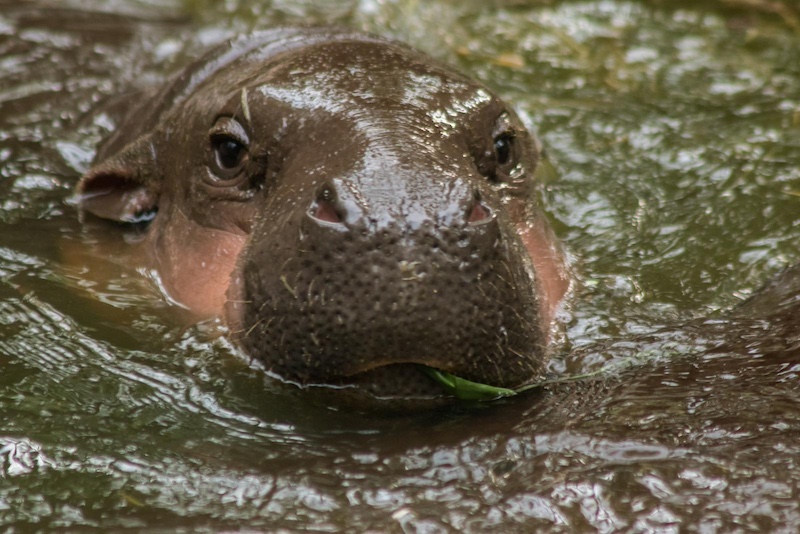
In colonial-era Africa, particularly in the Belgian Congo (early 20th century), there were scattered efforts to tame hippos for agricultural work or meat production. In the 1980s, South African farmer Marius Els famously raised a hippo named Humphrey as a pet. Tragically, Humphrey killed him in 2011. Hippos remain too aggressive and territorial for reliable human interaction.
Antelope
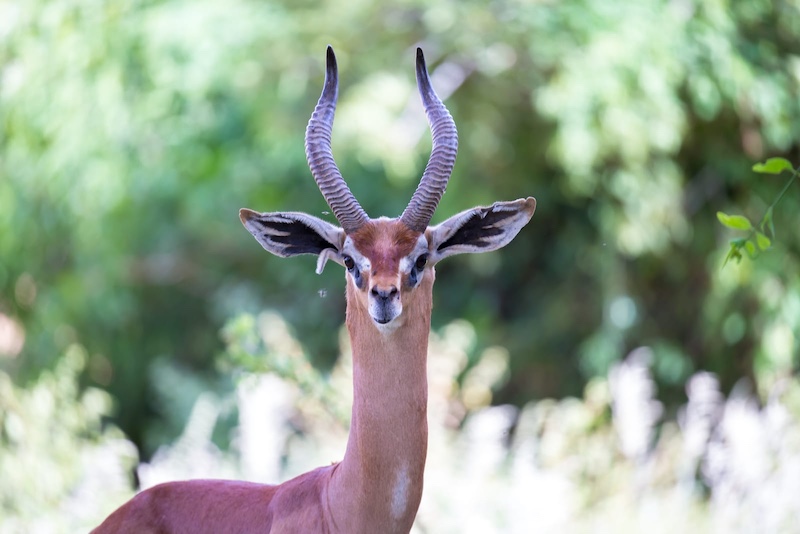
In the 1970s and 1980s, South African game farms experimented with domesticating species like springbok and eland for meat and tourism. While some antelope could be fenced and fed, they never lost their skittishness. The eland, despite its large size and docile appearance, jumped fences over 10 feet tall and frequently injured itself when startled.
Grizzly Bear
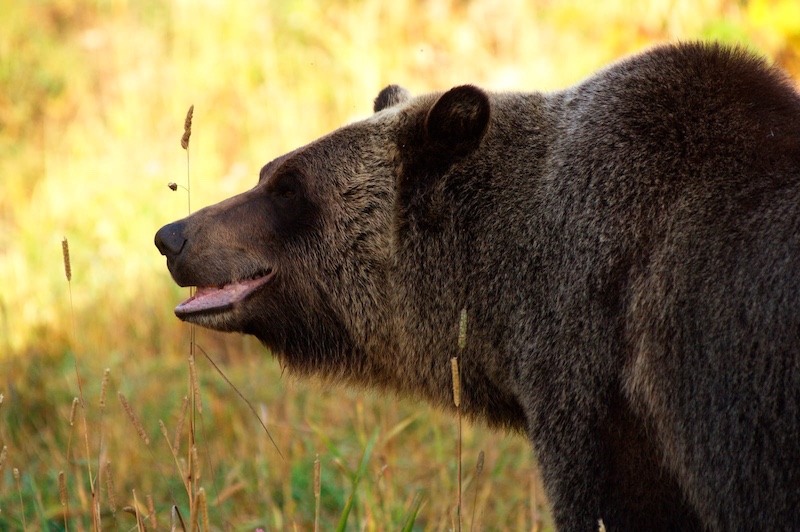
In the early 20th century, circus trainers and zoos in North America attempted to raise grizzly cubs by hand. Though some bears could perform tricks, even lifelong captive bears remained unpredictable and dangerous. Unlike dogs or even big cats, grizzlies lack any domesticated lineage. Notably, conservationist Vitaly Nikolayenko in Russia spent 30 years studying grizzlies — and was killed by one in 2003.
Rhino
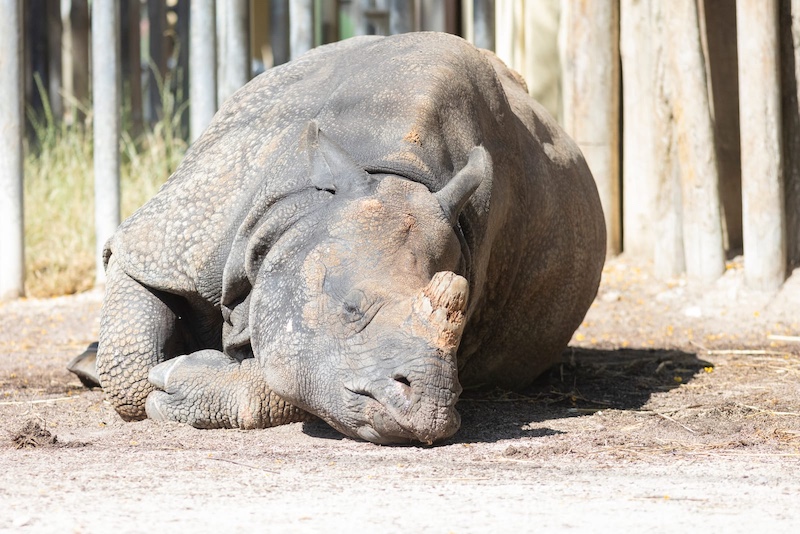
In the late 19th and early 20th centuries, colonial efforts in India and Africa included attempts to tame rhinos for draft work. A 1911 article in Scientific American speculated on rhinos replacing horses in warfare. However, rhinos’ solitary behavior, short tempers, and poor vision made training hazardous. No program produced consistently trainable or breedable rhinos.
Wolverine
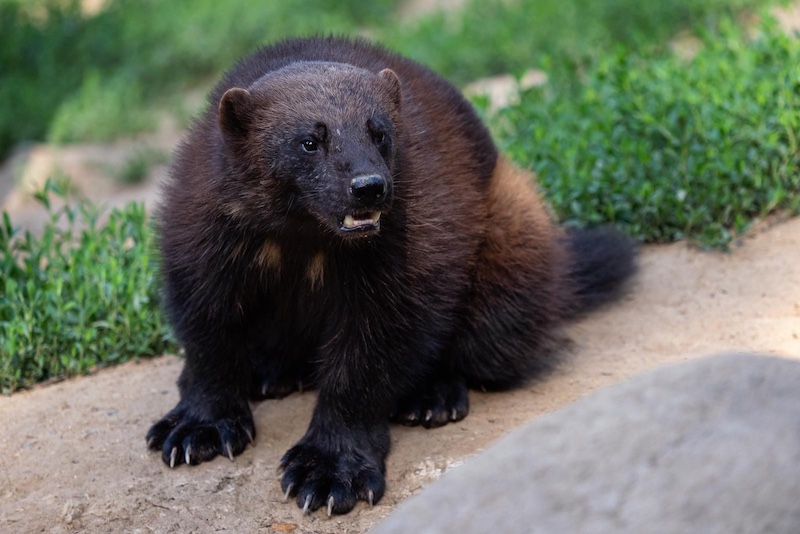
Soviet scientists in the 1940s briefly explored domestication potential in wolverines as fur-bearing animals. But the experiment was quickly abandoned. Wolverines are solitary, territorial, and known to cache food obsessively. Even kits raised from birth retained aggressive behaviors. Their powerful jaws and endurance made them impossible to safely confine or breed in captivity.
- Please Note: This content was created with the assistance of AI and thoroughly edited by a human before publishing.

